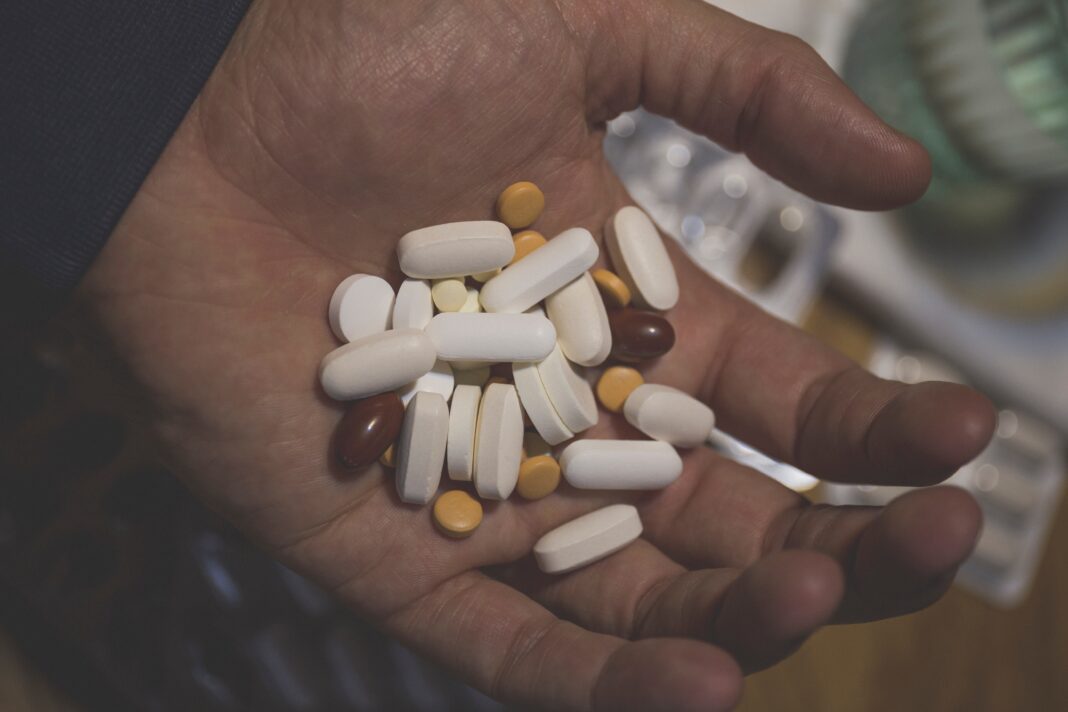Opioids are substances predominantly used for the management of pain. They are also used as anesthetics, and for treating cough, shortness of breath, diarrhea and constipation, and hyperalgesia. According to a recent study published in JAMA Network Open, the availability of household opioids has been related to greater risks of opioid overdose.
Every year 69. 000 people die of opioid overdose globally. Moreover, opioid addiction has been diagnosed in 15 million persons.
In 2016, the World Health Organization reported that 34 million people use opioids. In the US, 70.200 overdose-related deaths occurred in 2017, 47.600 of them were related to opioids, accounted one female death for three males.
Considering the high prevalence of opioid overdose, 31st August is celebrated as International Overdose Awareness Day to pay respect to those who have lost their lives to overdose. Thus, promoting the deterrence of overdose and reducing the stigma around it is a pressing need.
The recent study was led by Michelle A. Hendricks from Comagine Health in Portland, Oregon. Hendricks and collaborators mentioned that the impact of domestic opioid prescriptions on the odds of opioid overdose was restricted to commercial statements in previous studies. Furthermore, earlier researchers did not consider fatal opioid overdoses.
In this new approach, the team inspected the impact of household opioid accessibility and additional factors for household opioid prescription linked to the risks of nonfatal or fatal opioid overdose. This retrospective cohort study comprised more than a billion adults selected from the Oregon Comprehensive Opioid Risk Registry database. They belonged to 1.187.140 houses, each one with at least 2 members and they were adults who live at the same address and may not be on the same insurance policy or have familial ties. Participants were examined from January 1, 2015, until December 31, 2018.
The team looked for opioid overdose in death records, hospital discharge files, and insurance dues. Hendricks and colleagues identified 28.747 opioid overdose occasions (0.0526 per 100 person-months). The risk of opioid-associated overdose raised by 60% when a person in the family house filled an opioid prescription in the previous six months, compared to those without domestic or personal opioid fills.
They found out, also, the greatest risks of opioid-associated overdose when both – the selected person and another member of the household – filled opioid prescriptions in the last six months.
Results of this research emphasize that the availability of domestic opioid prescription is related to greater risks of opioid overdose for other members of the household, apart from the patient, even if the former has not been prescribed opioids. Hendricks mentioned that their findings highlight the prominence of enlightening patients regarding the risks of storing opioids.
References
Hendricks, M. A., El Ibrahimi, S., Ritter, G. A., Flores, D., Fischer, M. A., Weiss, R. D., … & Weiner, S. G. (2023). Association of Household Opioid Availability With Opioid Overdose. JAMA Network Open, 6(3), e233385-e233385. doi:10.1001/jamanetworkopen.2023.3385
Khan, N. F., Bateman, B. T., Landon, J. E., & Gagne, J. J. (2019). Association of opioid overdose with opioid prescriptions to family members. JAMA internal medicine, 179(9), 1186-1192. doi: 10.1001/jamainternmed.2019.1064
Overdose Death Rates | National Institute on Drug Abuse. (2022, July 21). National Institute on Drug Abuse. https://web.archive.org/web/20221005054752/https://nida.nih.gov/research-topics/trends-statistics/overdose-death-rates
Enforcement, F. L. (2016). International Overdose Awareness Day—August 31, 2016. Vital Signs. doi: 10.15585/mmwr.mm6834a1
Parthvi, R., Agrawal, A., Khanijo, S., Tsegaye, A., & Talwar, A. (2019). Acute opiate overdose: an update on management strategies in emergency department and critical care unit. American journal of therapeutics, 26(3), e380-e387. doi: 10.1097/MJT.0000000000000681.
Picture credit Isaac Quesada in Unsplash





